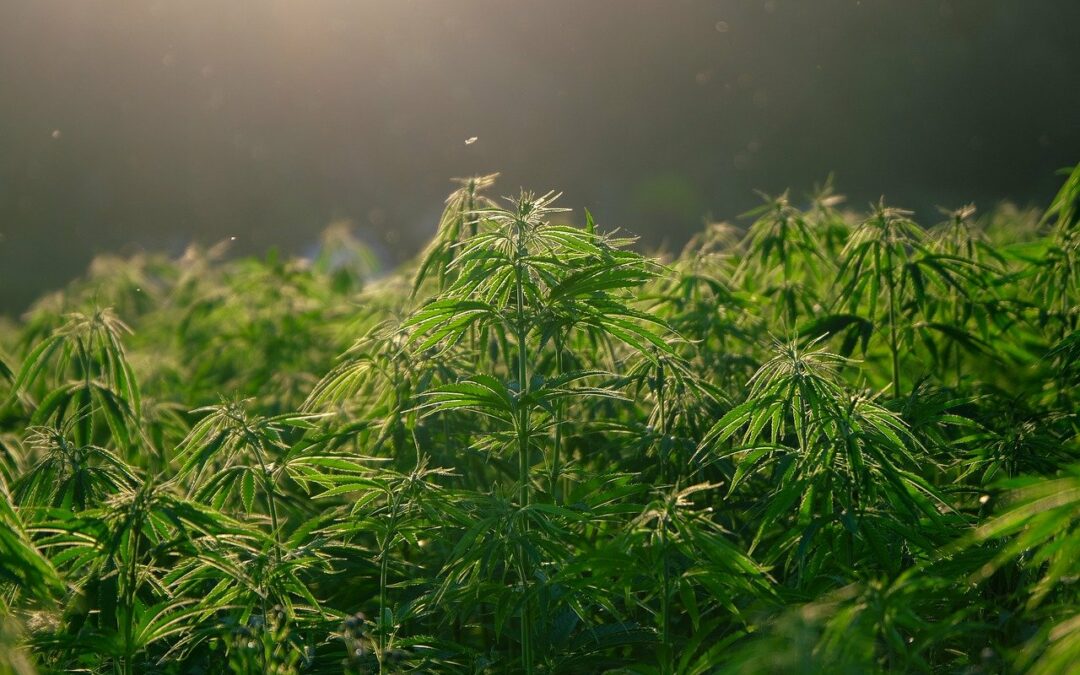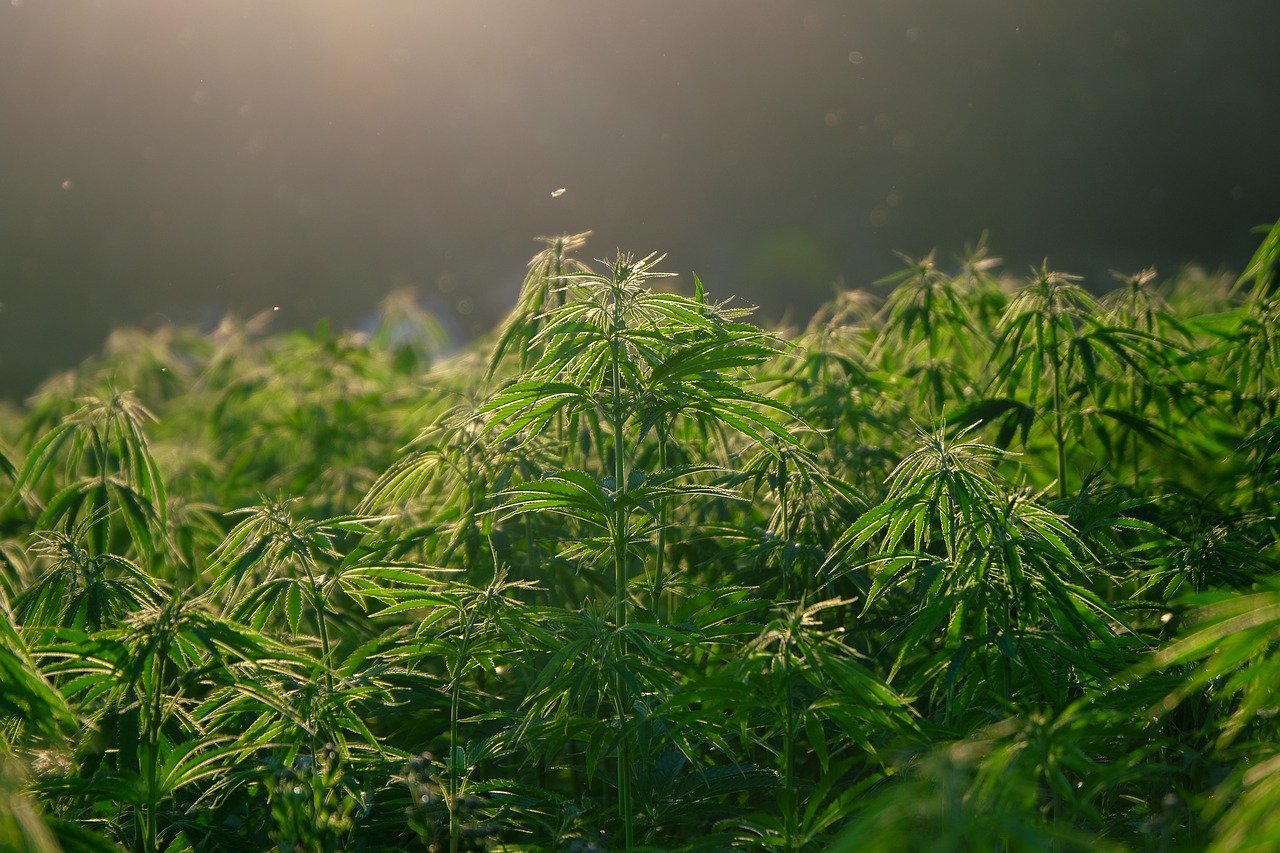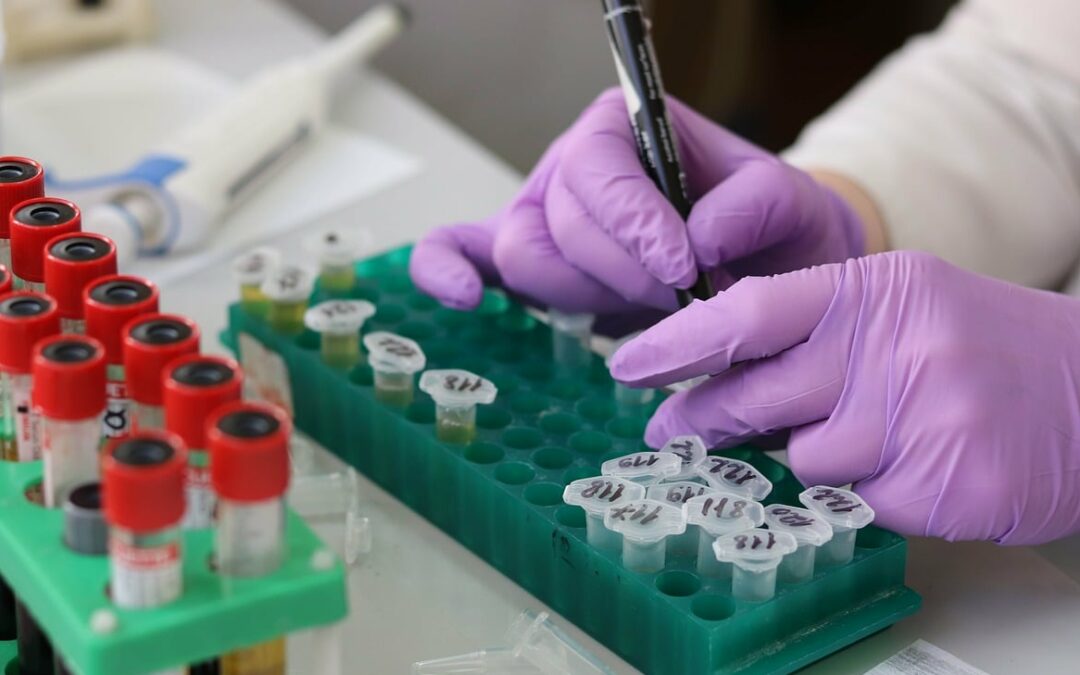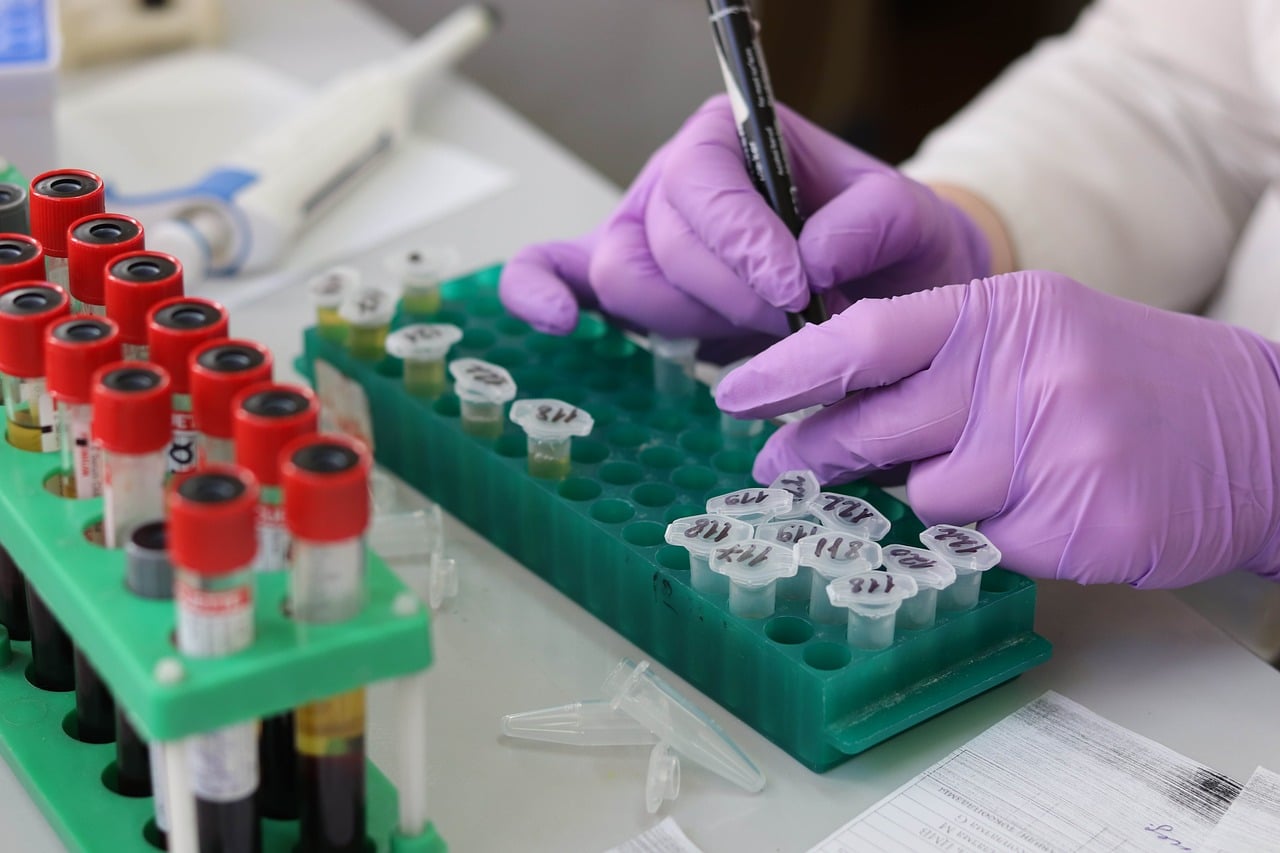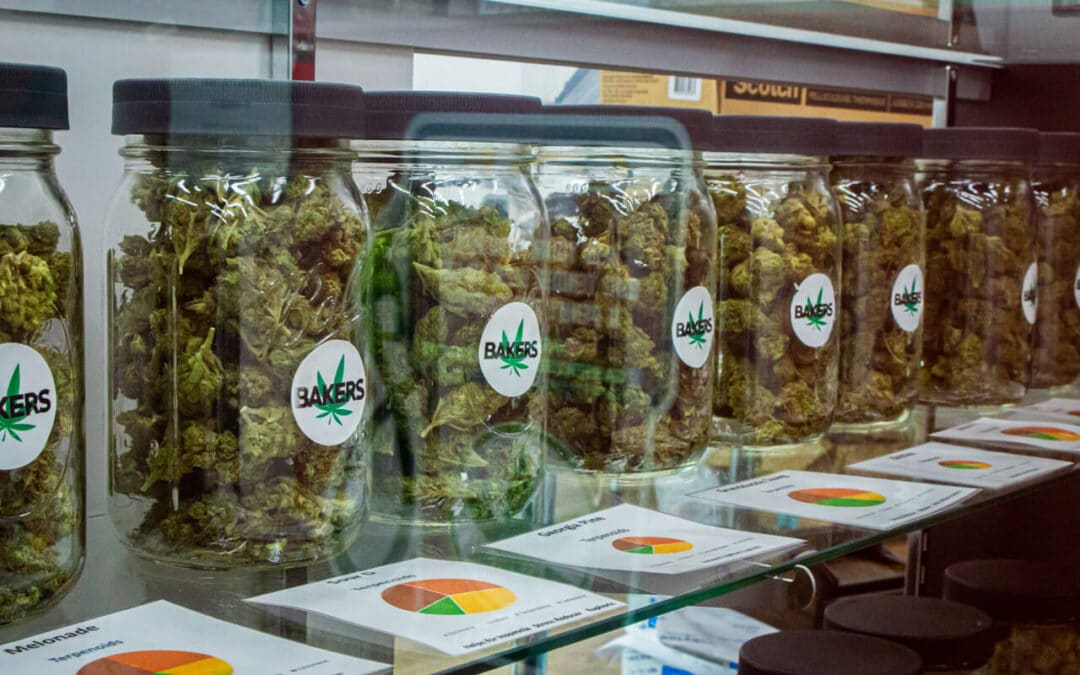
More states impose cannabis potency laws

In addition to THC limits, some states are likely to adopt potency-related taxes.
Many states have already established or are planning to establish new laws for the legal cannabis industry based on the level of tetrahydrocannabinol (THC) in products.
In 2020, Illinois imposed a potency-related tax for all marijuana sales, followed by New York this past March. According to ABC News, Vermont plans to limit the amount of THC in products when the state opens up its legal cannabis market in 2022, with the percentage of THC in any amount of recreational pot set at 30% for flower-form marijuana and 60% for concentrates.
Virginia’s new legalization law aims to give the state’s future Cannabis Control Authority the power to establish THC limits in recreational products and put a cap on THC in medical marijuana. Currently, in states where it’s legal, marijuana is taxed on the established sale price or weight. But with the new laws in Illinois and New York, more states are likely to follow their lead and adopt potency-related taxes on recreational sales.
‘Recriminalization’ at play?
While these changes in state laws are aimed at discouraging the production and sale of highly concentrated cannabis products, the idea of calculating taxes based on potency is getting some pushback. According to the National Organization for the Reform of Marijuana Laws (NORML), this is a type of “recriminalization” of sorts. “[The] consumer demand for [high-potency] [cannabis] products is not going to go away, and recriminalizing them will only push this consumer base to seek out similar products in the unregulated illicit market,” said Paul Armentano, deputy director of NORML.
According to the United Nations Office on Drugs and Crime’s World Drug Report 2021, cannabis potency has quadrupled over the past two decades, while the percentage of adolescents who perceived the drug as harmful fell by as much as 40%.
Clearly, many states are taking this increase in cannabis potency as a serious issue. In fact, some states have already begun limiting the amount of THC milligrams contained in a single serving and packaged cannabis products, while others have prohibited the use of high-potency cannabis altogether. Whether these practices help effectively reduce the production, sale or harmful use of products containing high THC levels remains to be seen.

